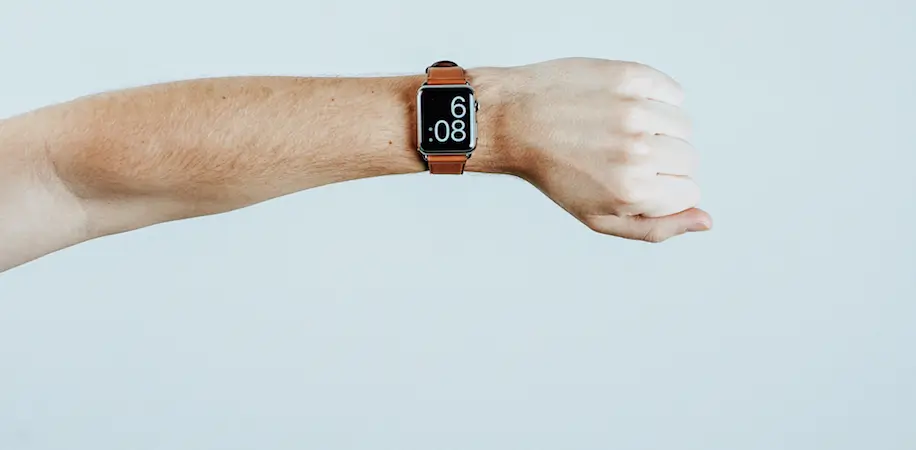
Just so you know, Dr. Pradeep wrote that sentence purposely - and purposely confusing! - to illustrate how much work our brains do to decode the world around us. Most of that work is done below the radar: of the 11 million bits of information we take in per second, we consciously process only 40.
Are your marketing efforts destined to be among the 10,999,960 bits that never make it to the surface? Not necessarily. What can you do to crack into your customers' conscious - especially when those customers are women?
No surprise: the brains of women and men work differently. It turns out, their wallets work differently too. Women have enormous spending power. Fleishman-Hillard estimates that by 2020, two-thirds of US consumer wealth will be controlled by women. Additionally:
Despite this, 91% of women say advertisers don't understand them. This is a huge - and costly - mistake.
In The Buying Brain, Dr. Pradeep writes that the brains of men and women "serve the needs of each gender as early human society developed." So, essentially, while men hunted, women gathered - together.
They worked collectively to procure foods, raise children and guard against predators. Because babies cannot articulate feelings, women learned to intuit; they developed empathy. And the ability to multi-task: watching for danger, juggling responsibilities, attending to children while trying to prepare food.
Pradeep writes, "The female brain is hard-wired to seek out a sense of community and uses this empathic ability to create it."
But what does this have to do with your ability to market to women in the 21st century - and get them to buy? Pradeep offers these suggestions:
When you can provide solutions to make the juggling act of life easier, acknowledge that it is a difficult feat, and recognize their skill and mastery in doing so, you can break through to the consciousness of the female consumer.
A good example: a Luvs diaper ad features a woman breastfeeding her baby while caring for her older child while ordering lunch in a restaurant. Not a problem for this savvy lady (though it may be for her waiter!). Not a problem for Luvs either, which earned praise for this empowering campaign.
Get social. Hard-wired for community, today's busy, time-pressed women consumers take to social media, forums, and other online locales to make and keep connections. Make it easier: set up special hashtags, offer Facebook updates, set up a chatroom or forum (e.g. CafeMom).
Create a community.The recent "This Girl Can" ad campaign, developed by Sport England, has done this in an exemplary way. Not only are the ads inspiring to women, folks can share their own fitness/health stories and receive encouragement from the "community" - which is spread out across the globe but connected with hashtags, Facebook posts, and YouTube videos.
Faced with the constant bombardment of stimuli, people are adept at tuning out 99.999% of the noise. To succeed, you must break through. When your audience is comprised mostly of women (and, increasingly, that is the reality), you have to understand the female brain so you can make an impact. Become more conscious in your approach so you can bring your message into your audience's consciousness.



